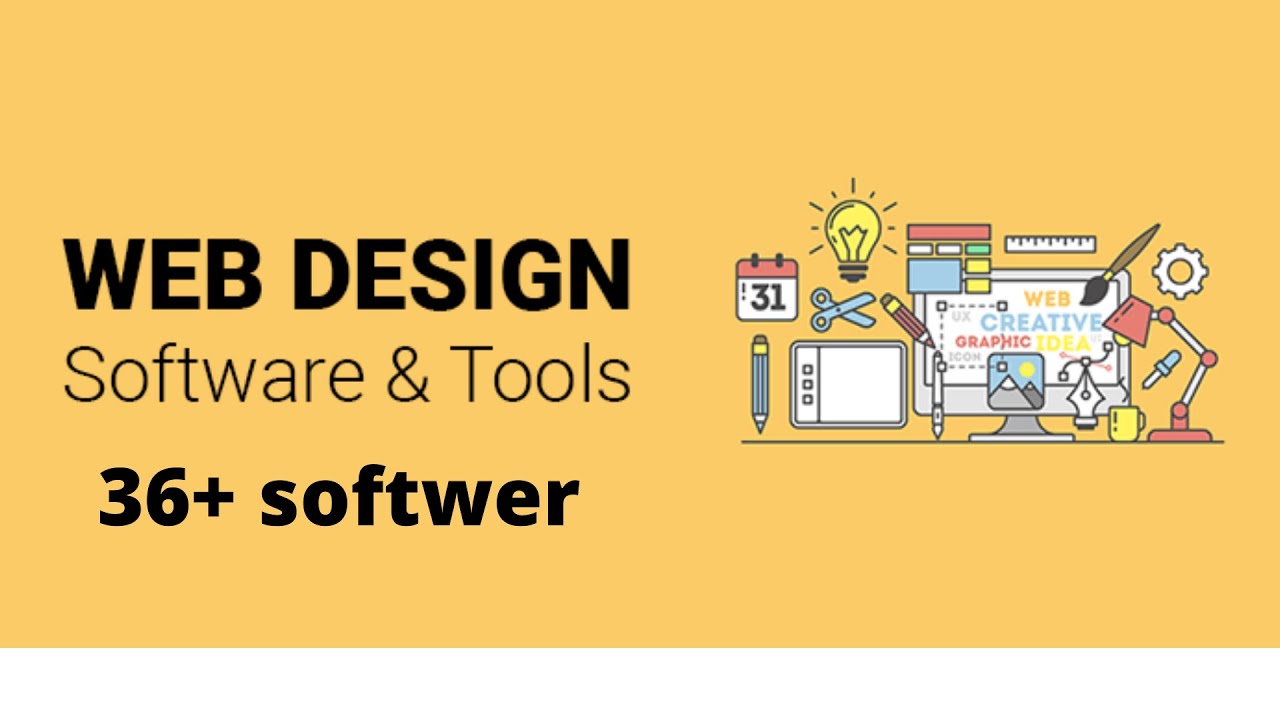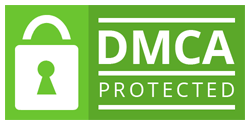
In the world of digital design, having proficiency in various tools and software is crucial to creating effective and visually appealing projects. Whether you’re working for the Best Digital Marketing Agency or providing Web Design Services, mastering a range of design tools allows you to execute ideas efficiently, collaborate with teams seamlessly, and meet client expectations. This article explores some of the most popular design tools and software — including Adobe Photoshop, Illustrator, Figma, and Sketch — and discusses their unique features, strengths, and applications. By the end, you’ll understand why being proficient in these tools is vital for any design professional.
Adobe Photoshop: The Powerhouse of Image Editing
Adobe Photoshop is arguably the most well-known design tool in the industry and for a good reason. It’s a versatile and powerful software that enables designers to manipulate images, create graphics, and bring creative concepts to life. For anyone working in the Best Digital Marketing Agency or offering a Web Design Service, Photoshop is indispensable.
Key Features of Adobe Photoshop
- Advanced Image Manipulation: Photoshop offers a comprehensive set of tools for editing and enhancing images. From retouching photos to creating digital paintings, Photoshop’s capabilities are vast. You can adjust color levels, add filters, remove backgrounds, and apply various effects to produce stunning visual outcomes.
- Layer-Based Editing: One of Photoshop’s greatest strengths is its layer-based editing system, which allows for non-destructive editing. This feature enables designers to experiment with different elements without affecting the original image.
- Text and Typography Tools: Photoshop provides powerful text tools that allow designers to create unique typography and stylized text effects. This is especially useful for branding, marketing materials, and web graphics.
- Integration with Other Adobe Tools: Photoshop seamlessly integrates with other Adobe Creative Cloud apps, like Illustrator, InDesign, and After Effects, making it easier to work across different platforms and formats.
Why Proficiency in Photoshop Matters
Being proficient in Adobe Photoshop is essential for designers who work with images, whether for web, print, or digital media. For those providing the Best Web Designing Service, Photoshop is used to create mockups, optimize images for the web, or design UI elements. In a Digital Marketing Agency, it is invaluable for photo manipulation, creating custom graphics, or developing marketing collateral.
Adobe Illustrator: The Vector Graphics Champion
While Photoshop is primarily an image editor, Adobe Illustrator is the go-to tool for creating vector graphics. Unlike raster images, which can lose quality when scaled, vector graphics are resolution-independent, making Illustrator ideal for designing logos, icons, illustrations, and other graphics that require scalability.
Key Features of Adobe Illustrator
- Vector-Based Design: Illustrator allows you to create vector graphics that can be scaled to any size without losing quality. This makes it perfect for designing logos, icons, and any graphics that need to be adaptable to different screen sizes and formats.
- Precision and Control: Illustrator offers precise control over shapes, lines, and paths, allowing for highly detailed and accurate designs. The pen tool, in particular, is a favorite among designers for creating complex shapes and paths.
- Typography and Text Editing: Illustrator provides advanced typography tools, including the ability to manipulate individual characters, create text along a path, and adjust kerning and tracking. This makes it an excellent choice for designing posters, brochures, and other text-heavy materials.
- Integration with Adobe Creative Cloud: As with Photoshop, Illustrator integrates seamlessly with other Adobe tools, allowing for easy file sharing and workflow integration.
Why Proficiency in Illustrator Matters
Adobe Illustrator is a critical tool for graphic designers, particularly those working in a Digital Marketing Agency or offering the Best Web Design Service. Mastering Illustrator allows you to create high-quality vector graphics that maintain their integrity across different sizes and formats. Whether you’re designing a small icon for a website or a large billboard, Illustrator ensures that your designs remain sharp and clear.
Figma: The Collaborative Web Design Platform
Figma is a relatively new player in the design software arena but has quickly become one of the most popular tools for UI/UX designers. Figma is a cloud-based design tool that allows for real-time collaboration, making it ideal for team-based projects and remote work environments, a common scenario for those working in a Digital Marketing Agency or providing Web Design Services.
Key Features of Figma
- Real-Time Collaboration: Figma’s standout feature is its real-time collaboration capability, allowing multiple designers to work on the same file simultaneously. This feature streamlines the feedback process, reduces back-and-forth communication, and enhances team productivity.
- Design and Prototyping in One Tool: Figma allows designers to create both static designs and interactive prototypes within the same platform. This integration means you can design a user interface and immediately test its functionality without switching between tools.
- Cross-Platform Accessibility: As a cloud-based tool, Figma is accessible from any device with a web browser, making it a versatile option for teams working remotely or across different operating systems.
- Reusable Components: Figma allows designers to create reusable components (like buttons, icons, and navigation bars) that can be used across different projects. This feature ensures consistency and saves time when working on multiple projects.
Why Proficiency in Figma Matters
Figma has become an essential tool for UI/UX designers, particularly those who work in team settings or need to collaborate frequently with clients and stakeholders. For those in the Best Online Marketing Agency or providing the Best Web Designing Service, its real-time collaboration features and ability to handle both design and prototyping make it invaluable.
Sketch: The UX/UI Designer’s Favorite
Sketch is another popular design tool, particularly among UI/UX designers. While it is a macOS-only application, Sketch has earned a reputation for its simplicity, powerful vector editing tools, and wide range of plugins that extend its functionality. It’s highly favored by professionals in the Web Design Service industry for its ease of use and efficiency.
Key Features of Sketch
- Vector Editing Tools: Like Illustrator, Sketch provides robust vector editing capabilities, making it an excellent choice for designing scalable graphics such as icons and interfaces.
- Artboards and Responsive Design: Sketch allows designers to create multiple artboards for different devices, enabling easy design adaptation across various screen sizes. This feature is especially useful for designing responsive websites and mobile apps.
- Extensive Plugin Ecosystem: One of Sketch’s greatest strengths is its extensive plugin ecosystem. Plugins like Anima, Zeplin, and Sketch Measure help automate repetitive tasks, improve collaboration, and enhance design workflows.
- Symbols and Reusable Components: Sketch allows designers to create symbols (reusable components like buttons or icons) that can be used across different pages and projects. This ensures design consistency and speeds up the design process.
Why Proficiency in Sketch Matters
Sketch remains a powerful tool for UI/UX designers, particularly those working in the Best Digital Marketing Agency or offering Website Designing Service. Its ease of use, powerful vector editing capabilities, and extensive plugin ecosystem make it an ideal tool for designing user interfaces, mobile apps, and responsive websites.
Why Mastering Multiple Web Design Tools is Essential
In today’s competitive design landscape, being proficient in multiple design tools is more than just a nice-to-have skill; it’s essential for several reasons:
- Versatility Across Projects: Different projects have different requirements. For example, a branding project may require heavy use of Illustrator, while a web design project might call for a combination of Photoshop, Figma, and Sketch. Being proficient in multiple tools allows you to adapt to the specific needs of each project.
- Enhanced Collaboration: Working with clients, developers, and other designers often means working across different tools. Knowing multiple design software platforms ensures smoother collaboration and communication, as you can seamlessly switch between tools depending on the needs of the team.
- Stay Competitive in the Job Market: Many design roles require proficiency in more than one design tool. Being well-versed in a range of software makes you more attractive to employers and clients, giving you a competitive edge in the job market.
- Efficiency and Productivity: Each tool has its own strengths and unique features. By mastering multiple tools, you can leverage the best of each, improving your overall efficiency and productivity as a designer.
Conclusion
Mastering a range of design tools, from Adobe Photoshop and Illustrator to Figma and Sketch, is vital for any designer looking to excel in their field. For those working with the Best Online Marketing Agency or providing the Best Web Design Service, each tool offers unique features that cater to different aspects of design. By developing proficiency in these tools, you’ll be better equipped to handle a wide variety of projects, collaborate effectively with others, and stay competitive in the ever-evolving world of digital design.





